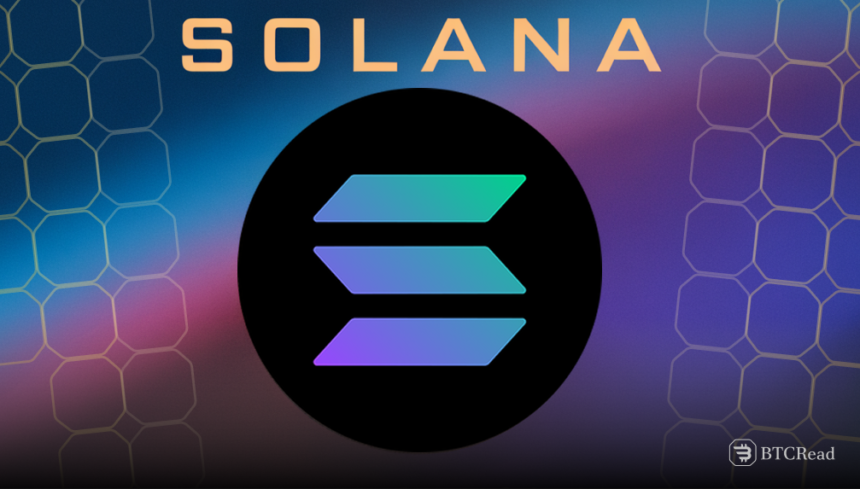Solana developers have presented a new proposal named Multiple Election Stake-Weight Aggregation (MESA).
The mechanism is intended to replace the current YES/NO vote structure with a market-based mechanism for determining future SOL emissions. The objective is to control inflation more effectively as well as democratically.
Galaxy Research considered the proposal and clarified its framework. MESA would not replace the current fixed, time-disinflation curve.
That remains, as does the 1.5% terminal rate. What it alters is how the curve steepens. Instead of choosing a new set of one specific rate by a simple majority vote, validators would choose from a set of deflation percentages.
Their preferences would be weighted by stake and then averaged. The outcome would be the new decrease in SOL emissions.
No longer would there be constant re-proposals for adjusting inflation. Instead, the network agrees sooner by taking aggregate preferences.
Solana voting reform inspired by SIMD-228
However, the proposal originated from the lessons of SIMD-228. It also targeted inflation. It had broad participation, though the format of the two choices proved constricting.
Most approved of inflation being too much, though voters could not specify how much decrease they would have liked.
MESA corrects for that. It allows validators to vote on an entire set of outcomes, ranging from not changing the curve one iota to adding specific amounts of deflation, such as 17.5%, 25%, or even 33%.
Suppose, for instance, that votes split as follows: 5% for the status quo, 50% for 30%, and 45% for 33%. The new curve is set at 30.6%.
The system still needs a quorum and a minimum YES threshold. But after that, the ultimate rate will be based on the weighted average of all the YES bucket votes.
Solana integrates markets into blockchain governance
The approach offers predictability with choice. Validators and their delegators have a greater voice. They can express their economic preferences or beliefs while placing the network on a stable emission curve.
The MESA model prevents endless loops of new proposals as well. By aggregating several preferences as one vote, it drives governance more toward being responsive and efficient. Solana says it represents a leap forward for protocol decision-making.
The sample ballot would have NO and ABSTAIN accounts, with several YES alternatives based on respective rates. Then, the protocol would determine the outcome based on participation as well as on stake-weighted input.
Nonetheless, Solana moving to MESA could redefine how economic policy is managed on blockchains, integrating markets with governance.







